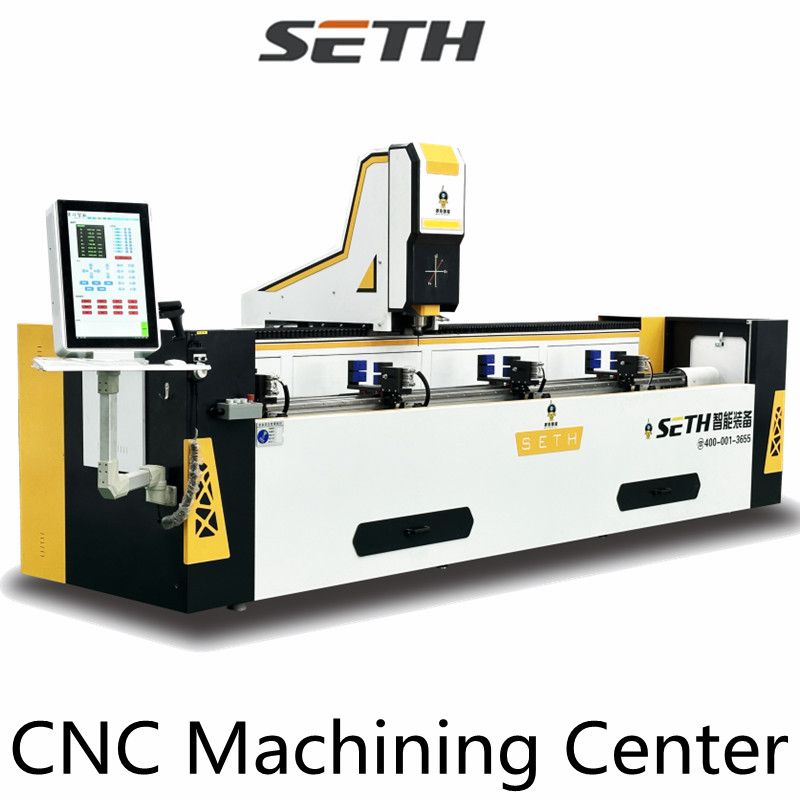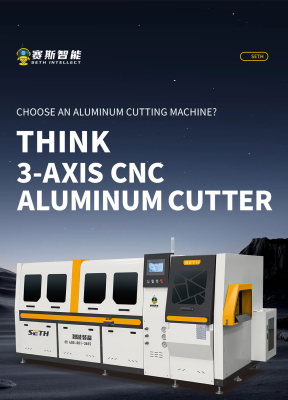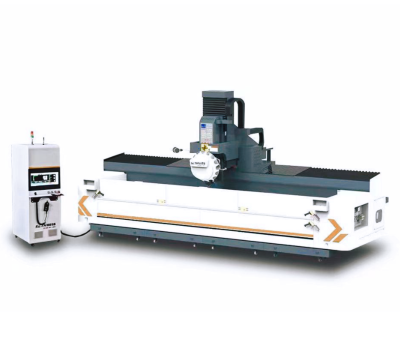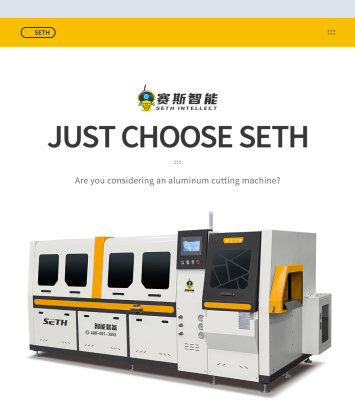In the dynamic world of manufacturing,
aluminum profile processing equipment plays a pivotal role in transforming raw aluminum into versatile, high - quality products. This equipment is the backbone of industries ranging from construction and automotive to aerospace and electronics, each demanding unique profiles with precise dimensions and exceptional mechanical properties.
Extrusion is the cornerstone of aluminum profile manufacturing. It begins with the preparation of an aluminum billet, a solid cylindrical block. The billet is first pre - heated in a specialized oven, such as a log furnace. Heating the billet to a specific temperature, typically around 400 - 500 degrees Celsius, makes the aluminum malleable enough to be shaped. For example, in the production of 6063 alloy profiles, which are commonly used in construction ue to their good corrosion resistance and formability, precise temperature control during pre - heating is crucial.
Once pre - heated, the billet is transferred to the extrusion press. The extrusion press is a powerful machine that uses hydraulic pressure to push the softened billet through a die. The die, which can be one of several types - solid die for non - hollow profiles, semi - hollow die for profiles with semi - open cavities, and hollow die for tubes or multi - cavity profiles - determines the final shape of the extruded profile. A lubricant is applied to the extrusion rod to prevent the billet from sticking to it during the high - pressure extrusion process.
The extrusion process requires strict control over variables such as temperature, pressure, and speed. For instance, if the extrusion speed is too high, it can lead to uneven material flow and defects in the profile, while improper pressure can result in inconsistent wall thicknesses. Advanced extrusion presses are equipped with sophisticated control systems that monitor and adjust these parameters in real - time to ensure the production of high - quality profiles.
After extrusion, the hot - extruded aluminum profiles need to be cooled rapidly to lock in their desired mechanical properties. Quenching equipment is used for this purpose. There are different quenching methods, including water - based quenching, air - cooling, and mist - cooling. The choice of quenching method depends on the specific alloy and the required cooling rate. For example, some high - strength aluminum alloys used in aerospace applications may require rapid water quenching to achieve the desired hardness and strength, while less critical applications may use air - cooling for a more cost - effective solution.
Extruded profiles often have some natural twists and deformations. Stretching machines, or stretchers, are employed to correct these imperfections. The machine grips the profile at both ends and applies a controlled tensile force, stretching the profile by a small percentage, typically around 0.5%. This not only straightens the profile but also helps to relieve internal stresses and improve dimensional stability. In the production of long - length aluminum profiles for applications like curtain walls in high - rise buildings, stretching is essential to ensure that the profiles fit together precisely during installation.
To meet the specific length requirements of different applications, aluminum profiles need to be cut. Sawing and cutting equipment, such as circular saws, band saws, and high - precision CNC cutting machines, are used for this task. Circular saws are commonly used for general - purpose cutting, while CNC cutting machines offer unparalleled precision, making them ideal for applications where tight tolerances are required, such as in the manufacturing of aluminum components for electronic devices. These machines can be programmed to cut profiles at specific angles and lengths, enabling the production of complex - shaped parts.
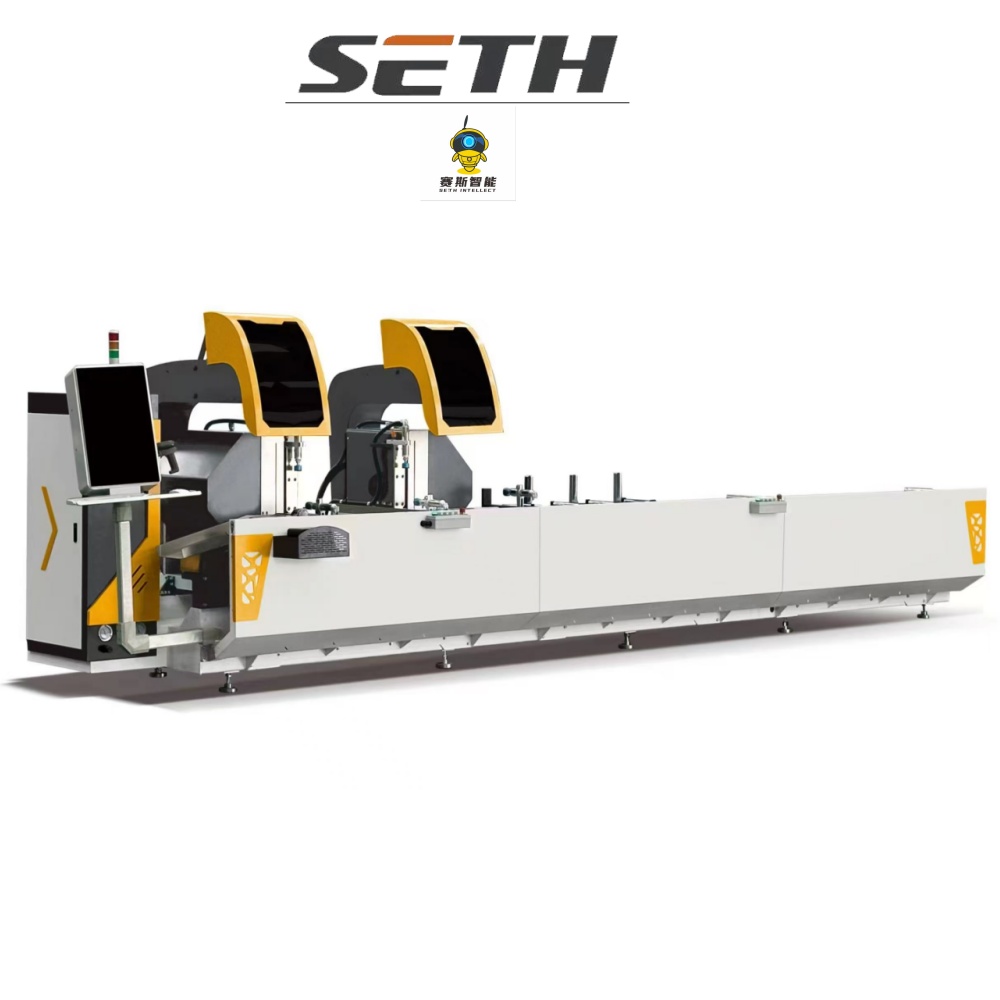
Aging is a heat - treatment process that further improves the mechanical properties of aluminum profiles. After quenching and cutting, the profiles are placed in aging ovens. The profiles are heated to a specific temperature and held there for a certain period, usually between 4 - 10 hours, depending on the alloy. This process allows the alloying elements, such as magnesium and silicon in 6063 alloy, to precipitate and form fine particles, which enhance the hardness and strength of the aluminum. Aging is particularly important for applications where the profiles need to withstand high mechanical loads, such as in the automotive industry for parts like engine brackets and suspension components.
Milling machines are used to create various features on aluminum profiles, such as slots, grooves, and pockets. They can be manual or computer - numerically controlled (CNC). CNC milling machines offer high precision and repeatability, making them suitable for mass - production of complex - shaped aluminum parts. For example, in the aerospace industry, where aluminum profiles are used to make aircraft structural components, CNC milling machines are used to mill precise holes and pockets for fitting other parts, ensuring a perfect fit and optimal performance.
Drilling machines are essential for creating holes in aluminum profiles. These can range from simple hand - held drills for small - scale operations to automated drilling machines in large - scale manufacturing facilities. In the construction of aluminum - framed windows and doors, drilling machines are used to create holes for screws and hinges. Automated drilling machines can be programmed to drill holes at specific locations and depths, increasing efficiency and accuracy in the production process.
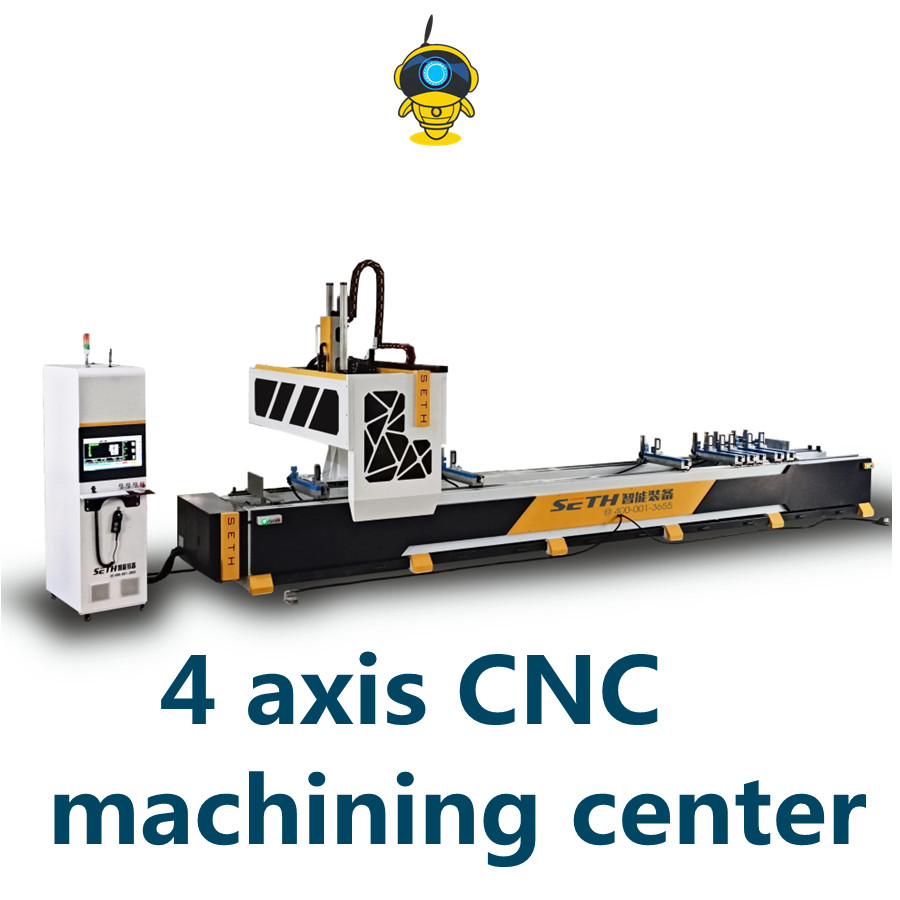
Anodizing is a widely used surface treatment method for aluminum profiles. Anodizing equipment is used to create a protective oxide layer on the surface of the aluminum. The process involves immersing the profiles in an electrolyte solution and passing an electric current through it. This causes the aluminum to react with oxygen in the solution, forming a dense, porous oxide layer. The anodized layer not only improves the corrosion resistance of the aluminum but also provides a good base for further finishing, such as dyeing or painting. Anodized aluminum profiles are commonly used in architectural applications, where their durability and aesthetic appeal are highly valued.
Powder coating is another popular surface treatment option for aluminum profiles. Powder coating equipment sprays a dry powder, usually a polymer resin, onto the surface of the profile. The profile is then heated in an oven, causing the powder to melt and form a smooth, durable coating. Powder - coated aluminum profiles come in a wide range of colors and finishes, making them suitable for applications where appearance is important, such as in interior design and consumer electronics. The powder - coating process also offers excellent scratch and chemical resistance, extending the lifespan of the profiles.
In conclusion, aluminum profile processing equipment is a diverse and sophisticated set of tools that enable the production of high - quality aluminum products for a vast array of applications. From the initial extrusion to the final surface treatment, each piece of equipment plays a crucial role in ensuring precision, efficiency, and the overall quality of the aluminum profiles. As technology continues to advance, these processing equipment will further evolve, enabling the creation of even more complex and high - performance aluminum products.
